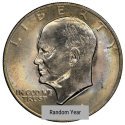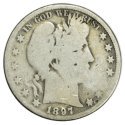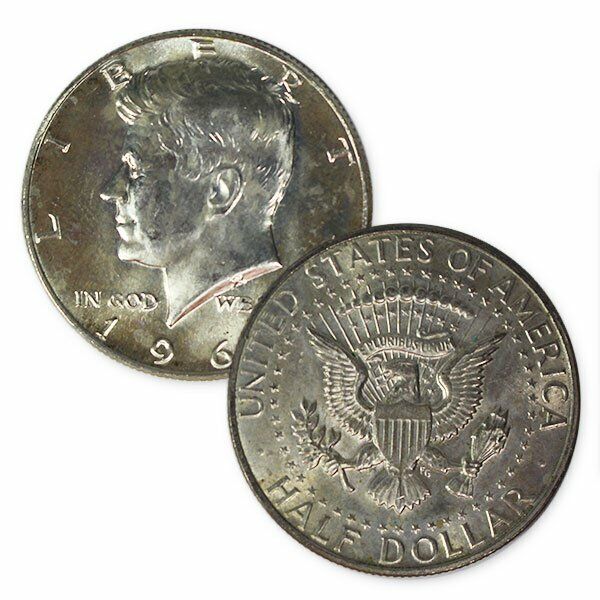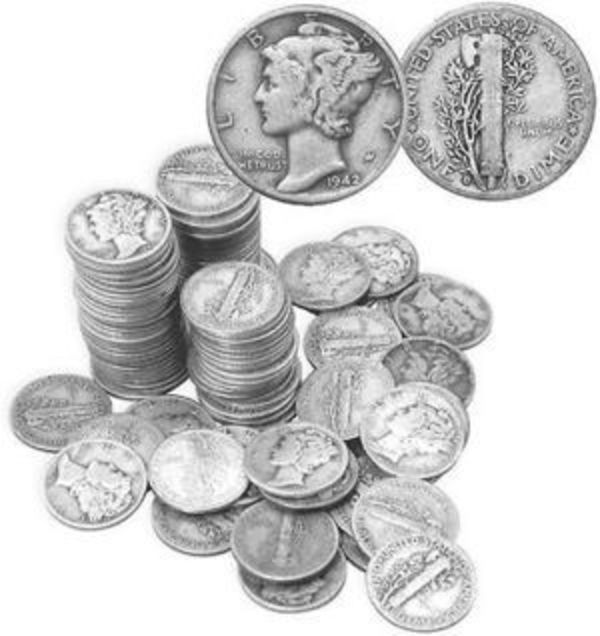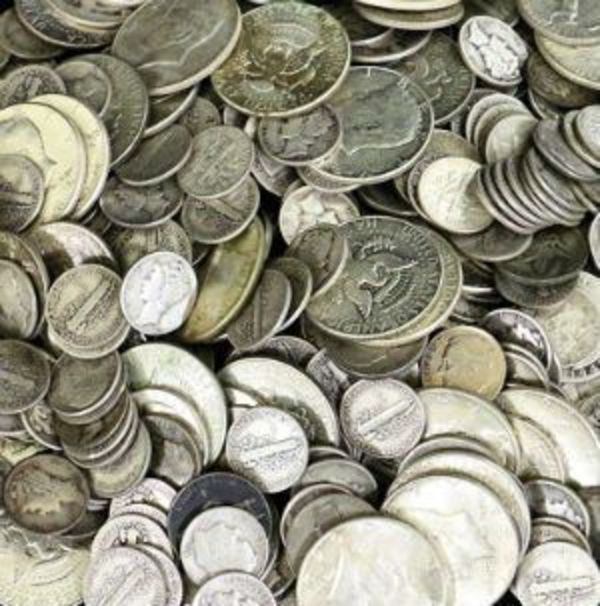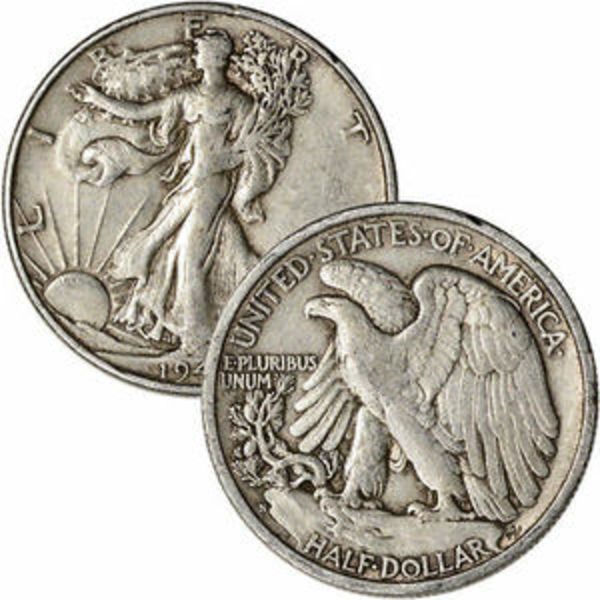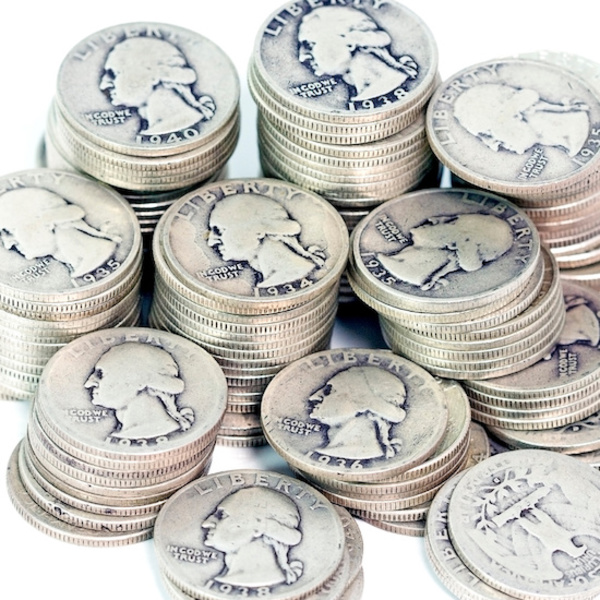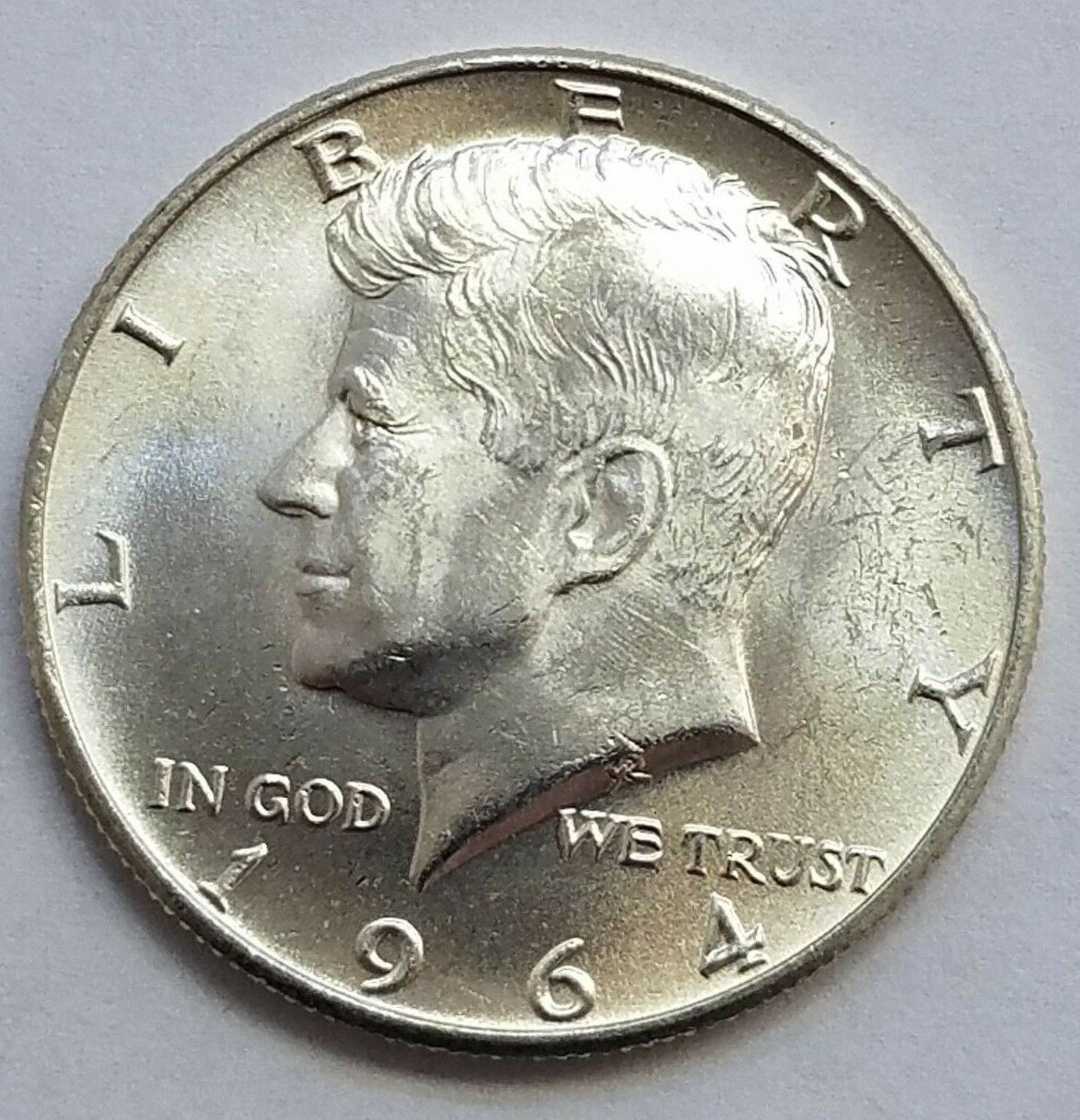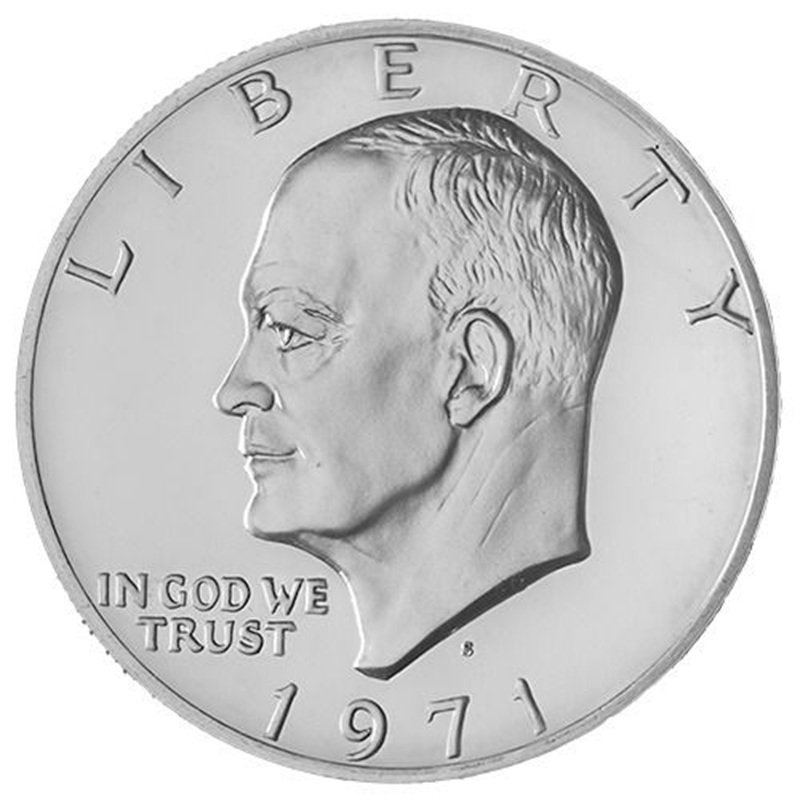1916-1947 Walking Liberty Half Dollar Melt Value
Determining the current price of silver coins is a straightforward process once you know the silver content of the coin and the current market price, often referred to as the silver spot price.
US Mint Silver Coin Melt Values
| Description | Face Value | ASW | Melt Value | Per $1 Face | Per Bankroll | |
|---|---|---|---|---|---|---|
| Walking Liberty Half Dollar | 1916-1947 Walking Liberty Half Dollar | $0.50 | 0.3575 | $26.63 | $53.27 | $532.67 |
1916-1947 Walking Liberty Half Dollar
The 1916-1947 Walking Liberty Half Dollar, designed by sculptor Adolph A. Weinman, is one of the most beautiful and iconic U.S. coins. Due to its historical significance, artistic design, and silver content, this half-dollar is highly popular among collectors and investors.
Design and Specifications
- Obverse (front): Features Lady Liberty striding toward the rising sun, draped in the American flag, holding branches of laurel and oak.
- Reverse (back): Depicts a majestic American eagle perched on a rock with wings partially raised.
- Weight: 12.5 grams
- Composition: 90% silver, 10% copper
- Silver Content: 0.3617 troy ounces of pure silver
- Diameter: 30.6 mm
- Edge: Reeded
- A standard bankroll of half-dollars contains 20 coins, equivalent to a $10 face value, and 7.234 troy ounces of silver.
Mint Marks and Mints
- Philadelphia (no mint mark)
- Denver ("D")
- San Francisco ("S") The mint mark, when present, is located on the reverse, below the eagle's tail.
Value Calculation
A Walking Liberty Half Dollar's value depends on its silver content and numismatic value. To calculate the silver value:
For example, if the spot price of silver is $25 per troy ounce:0.3617 troy ounces × $25 = $9.04 (silver melt value). However, most Walking Liberty Half Dollars, especially those in good condition or from rarer years, carry significant numismatic value beyond their silver content.
For common dates, here is a general guide for coin values based on condition:
- Good (G) to Fine (F): $10-$15 (melt)
- Very Fine (VF): $20-$35
- Extremely Fine (XF): $35-$50
- About Uncirculated (AU): $50-$100
- Brilliant Uncirculated (BU/MS): $100-$200 for common dates, with higher prices for rare dates
- Proof Coins (1936-1942): Proof Walking Liberty Half Dollars can range from $500 to $5,000+, depending on the year and condition, with cameo examples fetching a premium.
Auction Records
Some Walking Liberty Half Dollars have achieved impressive prices at auction, particularly in high grades or with Full Strike examples: 1919-D Walking Liberty Half Dollar (MS66): Sold for $270,250 at auction in 2014, a record for the series. 1921-S Walking Liberty Half Dollar (MS66): Sold for $188,000 at auction in 2001. Deep cameo proof coins from the late 1930s can command extremely high prices, with some examples exceeding $15,000-$30,000 at auction.
Specific dates and mint marks in the series are rarer and more valuable than others, especially high-grade coins. Key dates include:
Special Editions and Proof Coins
The U.S. Mint produced Proof Walking Liberty Half Dollars between 1936 and 1942 at the Philadelphia Mint. These proof coins are highly desirable among collectors and sell for much more than regular circulation strikes. The mintages for proof coins were relatively low, often fewer than 25,000 per year, which increases their value.
Coin Roll Hunting
Finding Walking Liberty Half Dollars while coin roll hunting is still possible, but it is becoming increasingly rare. Due to their silver content, most of these coins have been removed from circulation. However, some collectors and searchers have had success finding them in mixed rolls of half dollars.
Investment Potential
The Walking Liberty Half Dollar is considered a good investment. As a 90% silver coin, it has intrinsic value based on its silver content, which safeguards against inflation and economic uncertainty. Many coins from this series, especially those in high grades or key dates, carry significant numismatic premiums, offering the potential for value appreciation.
The Walking Liberty design is widely regarded as one of the most beautiful in U.S. coinage history, which enhances its collectible demand. However, the coins are best suited for long-term investors and collectors. While their silver content provides a baseline value, numismatic factors such as condition, rarity, and market demand are critical in determining whether specific coins will appreciate significantly.

